Kabalevsky, Op. 39, Play-Along: Post Five (Nos. 13 – 16 Reaction)
Ok. A day late, but I just couldn’t resist an extra day of 4th of July vacay when the opportunity presented itself. Hope your summer is going well. Are you managing to play along?
If you missed last week’s reaction post (the 3rd one) on Nos. 9 thru 12, you can read it HERE.
Quick scan thoughts for Nos. 13 thru 16:
- We’ve ventured into more pieces in triple time.
- The melodies have become more expansive (larger intervals contained within)
- Kabalevsky has continued his inclination towards parallel movement between the hands (nos. 14 and 15)
- A keysignature of more than 2 sharps or flats has appeared (no. 14)
- A piece in the Dorian mode has now appeared (no. 16)
Thoughts while playing….
No. 13 – Waltz (I see “Dance” indicated in a different edition)
I gave this to a student this summer as a special project and I must say that she is “in love” with this piece. She just can’t say enough good things about it such as:
“I like the beginning” – (at the first lesson)
“I just love the RH” – (at the second lesson)
I think this broad and evocative RH melody offers instant appeal, especially when combined with the sad key of D minor. I’ve had several students in the past decide to learn this piece upon hearing it just once. And if you want to teach both distinctive phrase shaping and the waltz style, then this is a great go-to.
When first introducing this, my summer student didn’t notice that the LH was in the treble clef (that’s one thing I like about Kabalevsky; he mixes those clefs). We navigated the LH at the first lesson by playing only the lowest note of each stacked interval. We named each low note as she played continuously from measure to measure (EX: “D – D- rest, D – D – rest, etc.”). Once done, she better understood how the LH moved along . Later she played the LH as written watching the lower notes move horizontally while detecting the harmonic interval above (3rd vs. 4th vs. 5th).
Here she demonstrates the detached LH with a forward wrist motion for lightness:
Here, with her RH, she is showing the arching of the hand as it rocks from one side the other while playing the broken intervals (mm. 16 to the end).
She mentioned afterwards that she forgot the diminuendo in this excerpt above. Good catch.
.
No. 14 – A Fable (seen before as “A Gay Little Story” in a much older edition.)
Similar to No. 20 in this set, “Clowns,” students love the major-minor shifts in this piece. They discover that the dynamics follow the harmonies and then they spot the form of the piece instantly. The student in the video below told me what convinced him to learn this piece:
“I liked all the movement, all the techniques involved, and the patterns. It’s jumpy and happy, and I liked the A Major sound and how it felt under my fingers once I learned it, especially with the staccatos.”
It’s a wonderful piece for developing touches. Later I asked him what was most difficult about learning this piece, he said:
“Getting the legato vs. staccato in mm. 3-4, combined with the drop-lifts of the wrist.”
After mastering this piece at a faster tempo, his tendency was to rush with all the fun he was having. It’s quite the finger tickler at that point. Here’s his medium-paced version:
No. 15 – Jumping (I’ve seen this titled as “Galloping” and also “Leap Frog”)
Indeed this is jumpy. It looks daunting to some students at first because of the eighth rest- eighth note rhythmic idea (see RH, measure 1). They forget that the eighth rest plus eighth note combination is the equivalent to 2 beamed eighth notes (of which I remind them). I start out by saying that the LH in measure one is the hand that’s “jumping” (2-note slur followed by a staccato quarter note; I demo this) and then I tell them that the RH is “skipping” in m. 1 (due to its delayed start on the “and” of beat 1, which I also demo).
I have students learn the entire piece with both hands playing the straightforward rhythm of the 3 quarter notes per bar. RH plays exactly with the LH in measure one, and then in measure 9, the LH would copy the RH, and so forth all the way to the end. They can also match the wrist lifts by playing this way:
Here’s a demo:
After learning the piece with the LH and RH playing simultaneously on quarter notes and mastering the notes and fingering this way, it’s so easy for students to delay one hand by playing on the “and” of beat one. I have my students count “1 – and, 1, 1” for each measure of the piece as they coordinate the rhythms of both hands. Tapping the two rhythms together on the keyboard can also solidify the coordination.
They love the gymnastic effect of this piece once they get the hang of it.
No. 16 – A Sad Story (also seen as “A Sad Tale” )
This is the follow-up to the happier story in No. 14, “A Fable.” I think the two pieces would make a nice pairing. The student could play No. 16 first and follow with No. 14. Better yet, add No. 22 “Short Story” to the set and make it a trio!
I hear this piece in the key of “A” Dorian. It seems to center itself on “A” as “home” and keeps returning to “A” even though it finally settles on “E” at the end. It’s funny how the final “E” didn’t sound so incomplete to me. My ear could accept it as a final note.
Now the question is: which hand is really the melody? The LH in the opening is marked cantabile with a louder dynamic which leads you to believe LH might be the melody though it’s not very lyrical. The RH has a nice sway to it which sounds cantabile as well. Perhaps it’s truly 2-voice writing and both hands create compatible melodies.
Here’s Jason Sifford’s performance with the Univ. of Iowa Piano Pedagogy Recording Project. . I like how he maintains an Andante tempo with just enough movement for a cantabile feel.
Look forward to your thoughts on this varied set for this week. Have you taught any of these before? Any tips to share?
Play-Along Schedule:
- Introduction Post: June 1
- Kabalevsky, Op. 39, Nos. 1 thru 4 reaction: June 2
- Nos. 5 thru 8 reaction: June 9
- Nos. 9 thru 12 reaction: June 30
- Nos. 13 thru 16 reaction: July 7
- Nos. 17 thru 20 reaction: July 14
- Nos. 21 thru 24 reaction: July 21
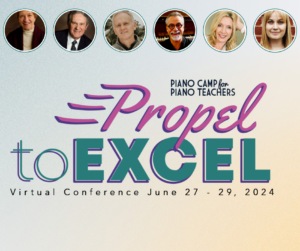

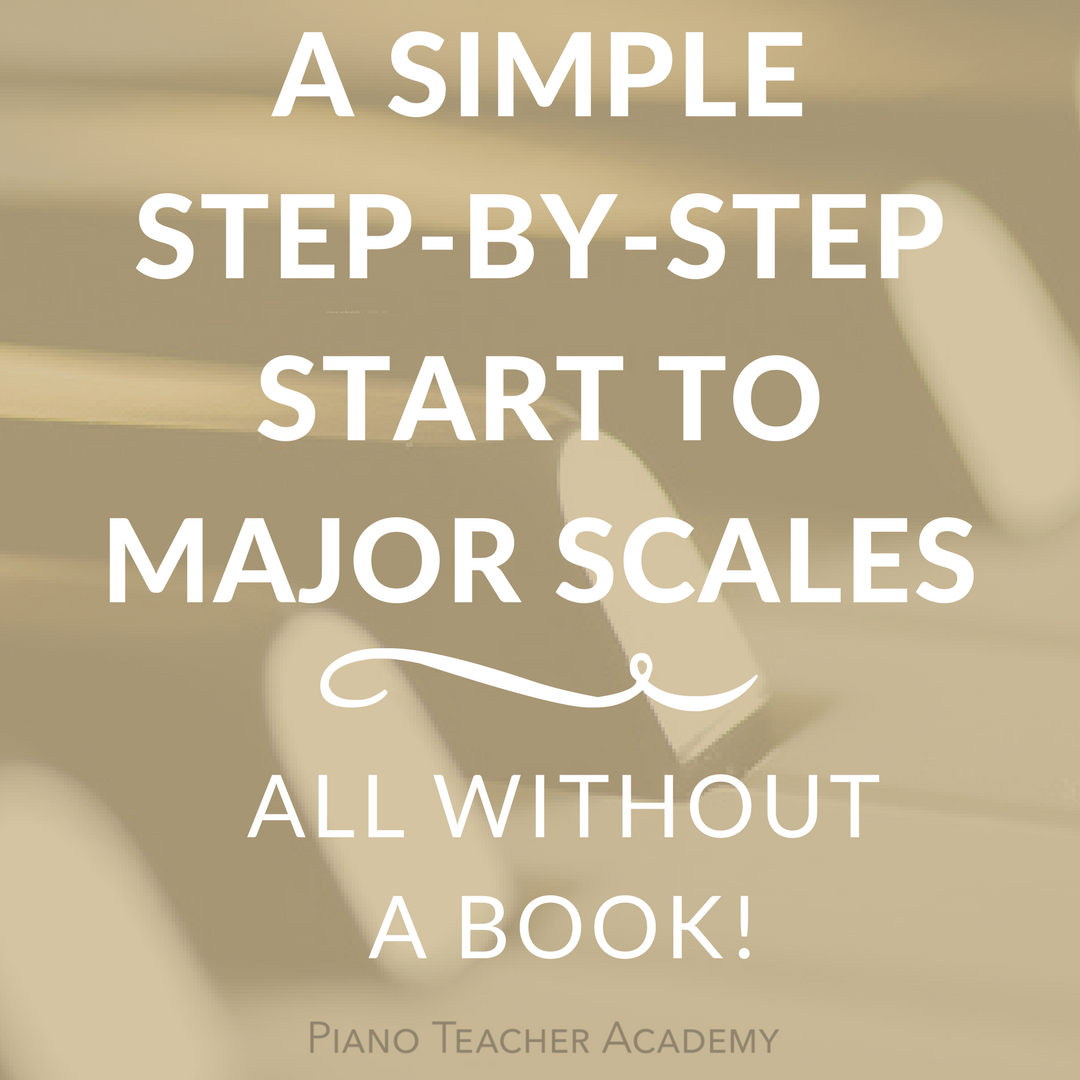
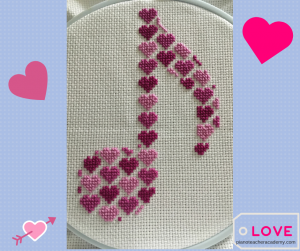
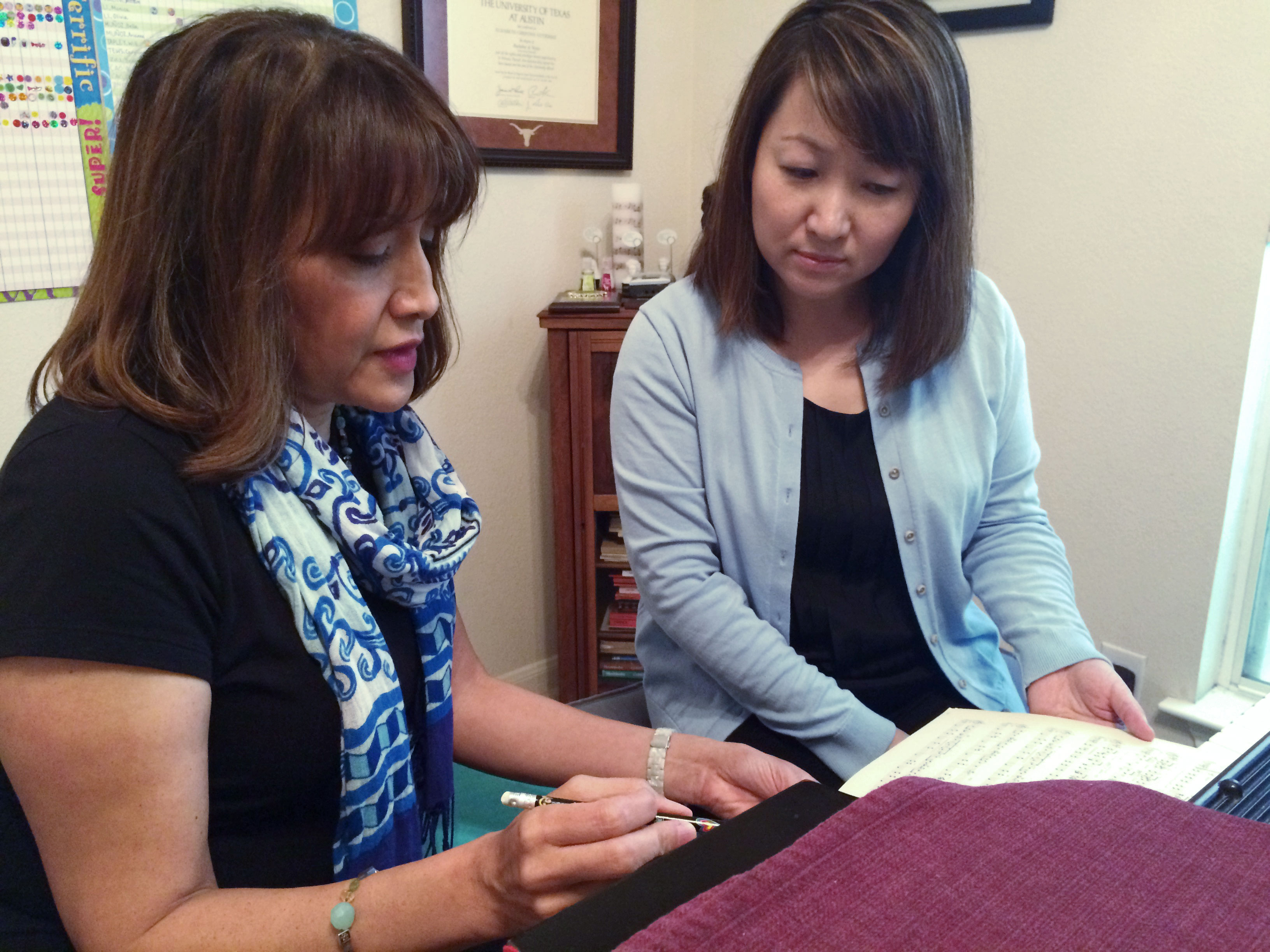




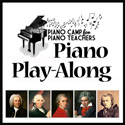
I thought I was so behind on the Play-Along that I sort of rushed through playing these songs. I was prepared to post comments on #21-24! I would not have picked up on the fact that #16 is written in Dorian mode. Thank you for that info.
You’re welcome. I’m still fascinated by No. 16’s tonality.
As we look to the next set of pieces, I will mention that I have two titles for #18: “Gallop” and “Ride, Ride”.
Thanks! I’ll add those to the list.
Great tip to play the no. 15 with both hands simultaneous first. Looks like it’ll be a great piece for shaping the phrasing using wrists, and fun to play too!
I liked that you have students learn the delayed rhythm in no. 15 as blocking both hands together first, then attempting it as written. I did this with a student on a similar rhythm piece and he did it without trouble! No. 15 is my favorite, especially because I found the parallel motion and rhythm so much fun to play. 🙂 I wasn’t immediately taken with no. 16’s tonality, but the more I played it the more it grew on me. I had initially identified LH as melody, but in looking back and hearing it, it does seem written more in a 2-voice style.
Same for me, Julie. No. 16 was one that I hadn’t really noticed, but the more I played it, the more poignant it became.